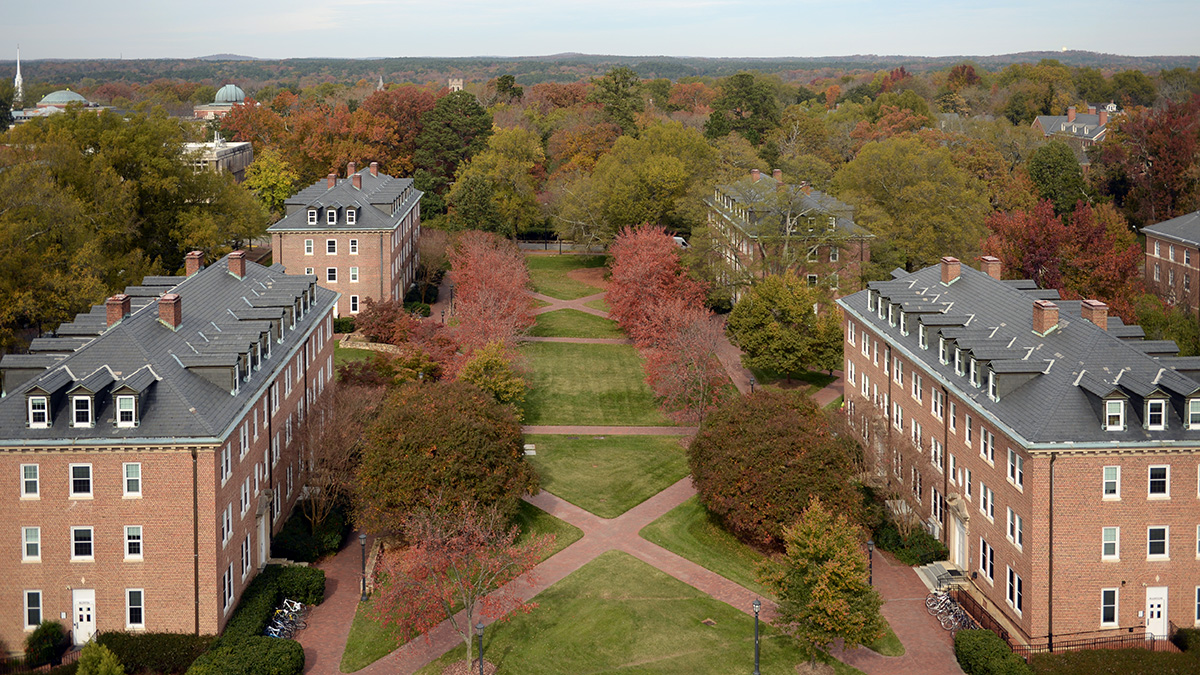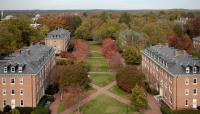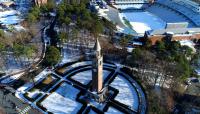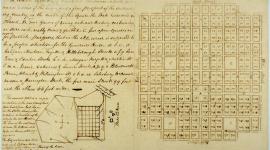Landscape Information
Established in 1789, this 729-acre state university was the first of its kind in the nation. In 1793 the cornerstone for Old East Hall was laid on 1,300 undulating acres of forested land in North Carolina's geographic center. Conceived as a village and known as McCorkle Place, the campus’ first structures were erected in a quadrangle enclosing a lawn dotted with mature deciduous trees. In 1818 professor Elisha Mitchell introduced diverse trees planted in rows, transforming the forest into formalized grounds. The campus became more pastoral and expanded north during the mid-nineteenth century, following a Picturesque plan by Alexander Jackson Davis from 1851.
Following the Civil War and Reconstruction, campus development shifted southward in a haphazard fashion. In 1919 John Nolen created a master plan that was never implemented. McKim, Mead & White’s Beaux-Arts plan had more traction, producing a visually cohesive, Neoclassical quadrangle called Polk Place, designed by William Kendall and erected on axis with McCorkle Place, and a minor quad on a perpendicular axis established with Manning Hall in 1923. The campus landscape was also influenced by botany professor William Chambers Coker, who promoted naturalistic garden rooms, created the Coker Arboretum in 1903, and designed a large boxwood-and-lawn parterre for the campus’ towering brick campanile in 1940. In 1918 Battle Park was given a rustic outdoor amphitheater, the Forest Theater.
Increased enrollment after World War II led to the campus tripling in size and a resulting departure from Beaux-Arts design principles. Post-war planning emphasized multiple campuses, stylistic eclecticism, and preservation. The central campus is a contributing feature to the Chapel Hill Historic District, listed in the National Register of Historic Places in 1971.















